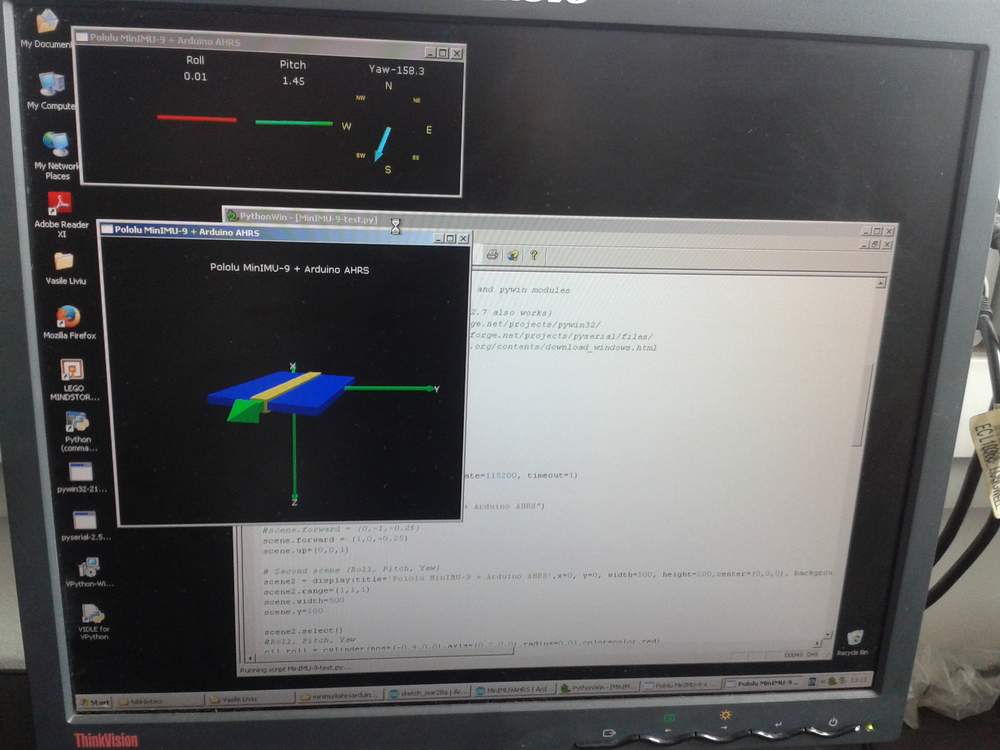Secondary
The first objective of our secondary mission is to monitor the environment.
- We will monitor atmospheric parameters during its ascent and descent, using some sensors. Atmospheric parameters will include temperature, pressure (Primary mission) humidity, air quality, UV radiation, presence of some gases in the air (CO, CO2). We will measure the location (longitude, latitude and altitude) during the fly.
- We will also monitor the magnetic field

mission
The second objective will be to control the fly using a parafoil controlled by two servos motors, trying to land us possible near the launch position.
The third objective of the mission will be to determine using sensors on board the principal moment of the fly (launch, ejection, and landing) and to send message to the ground station when this event are detected.
The technical objective of our mission will be to acquire data with aquracy, to storage data onboard, to send data to the ground station 10 times per second and to display the data in real time at the ground station.
One of the innovative aspects of our mission will be to measure the location of the CanSat using two systems: the GPS and the inertial measurement unit (IMU) and to compare data from this systems
Characteristics |
Figure |
Height of the CanSat |
112mm |
Mass of the CanSat |
310g |
Diameter of the CanSat |
64mm |
Length of the recovery system |
25mm |
Flight time scheduled |
120-180s |
Calculated descent rate |
8-10 m/s |
Radio frequency used |
434,65MHz |
Power consumption |
|
